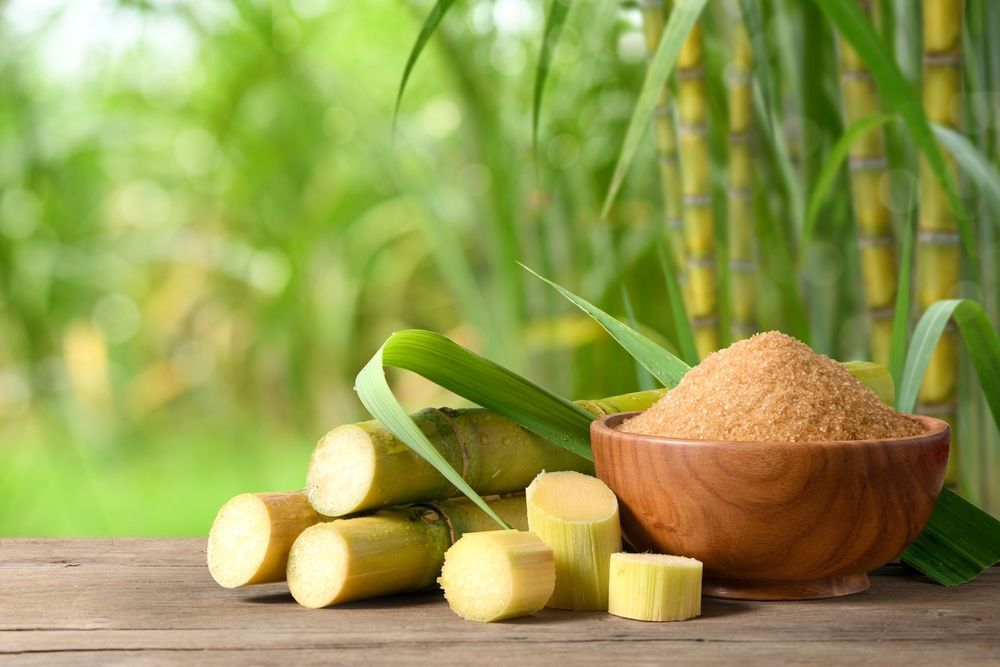The refining process of beet sugar vs cane sugar differs, affecting the final product’s appearance.
The refining process of beet sugar vs cane sugar differs, affecting the final product’s appearance.
Blog Article
Discover the Uses and Perks of Beet Sugar Vs Cane Sugar in Your Daily Diet Plan
Discovering the unique top qualities of beet and cane sugar exposes greater than simply their sweetening capacities; it highlights their special impacts on health and wellness and cookeries. Beet sugar, known for its refined flavor, is usually favored in fragile desserts, whereas cane sugar, with its hint of molasses, includes splendor to robust recipes. Each type holds its very own nutritional profile and glycemic implications, welcoming a deeper understanding of their functions in a well balanced diet plan and lasting consumption methods.
Beginning and Production Processes of Beet and Cane Sugar

The distinctive climates and dirt kinds required for growing sugar beets and sugarcane contribute to distinctions in their growing practices and geographic distribution, influencing the business economics and sustainability of their manufacturing. beet sugar vs cane sugar.
Nutritional Contrast In Between Beet Sugar and Cane Sugar
In spite of stemming from different plants, beet sugar and cane sugar are nutritionally very comparable, both mainly containing sucrose. Each provides concerning 4 calories per gram, equating to about 16 calories per tsp. Structurally, both sugars are composed of around 99.95% sucrose, with very little amounts of other compounds like moisture and trace element, which do not substantially alter their dietary profiles.
Eventually, when choosing between beet sugar and cane sugar based upon dietary material alone, both offer similar benefits and drawbacks as they are basically kinds of the same molecule-- sucrose, providing fast energy without various other nutrients.
Effect On Wellness: Glycemic Index and Caloric Material
Checking out even more right into the results of beet sugar and cane sugar on wellness, it is necessary to consider their glycemic index and calorie content. Both sugars are categorized as sucrose, which includes sugar and fructose. This composition leads them to have a comparable effect on blood glucose degrees. The glycemic index (GI) of both beet and cane sugar is around 65, categorizing them as high-GI foods, which can trigger fast spikes in blood glucose levels. This is an important aspect for people taking care of diabetic issues or those attempting to stabilize their power levels throughout the day.
Each kind of sugar has about 4 calories per gram, making their caloric material matching. For those keeping an eye on calorie consumption, especially when taking care of weight or metabolic health and wellness conditions, understanding this equivalence is vital (beet sugar vs cane sugar). Nonetheless, excessive intake of any high-calorie, high-GI food can add to wellness issues such as obesity, heart disease, and insulin resistance.
Environmental and Economic Factors To Consider of Sugar Manufacturing
Beyond health and wellness impacts, the manufacturing of beet look at this site and cane sugar likewise look at here now increases considerable environmental and economic concerns. Sugar beet cultivation has a tendency to need cooler environments and has a reduced geographical impact contrasted to sugar cane, which prospers in exotic areas. Both plants are extensive in terms of water use and land occupation, potentially leading to logging and water scarcity. Economically, the global sugar market is very unstable, affected by adjustments in global trade policies and aids. Lots of nations incentivize sugar production via monetary assistance, skewing market prices and affecting small farmers negatively.
Furthermore, the use of chemicals and fertilizers in both beet and cane sugar growing can bring about dirt destruction and air pollution, more impacting biodiversity and neighborhood water bodies (beet sugar vs cane sugar). The option in between growing sugar beet or cane commonly rests on regional ecological problems and economic aspects, making the sustainability of sugar manufacturing an intricate concern
Culinary Applications and Taste Distinctions
While the environmental and economic aspects of sugar manufacturing are without a doubt considerable, the selection between beet and cane sugar additionally influences cooking applications and flavor profiles. Beet sugar, acquired from the sugar beet plant, is recognized for its incredibly neutral taste. This makes it a functional active ingredient in cooking, where it does not modify the taste of other elements. It liquifies swiftly and is ideal for use in cakes, cookies, and pastries.
Walking cane sugar, extracted from sugarcane, often maintains molasses traces, which present a distinct splendor and depth. This mild molasses flavor boosts the intricacy of baked items, sauces, and marinades. It is particularly preferred in things where a caramel undertone is desired, such as in brownies or gingerbread. Additionally, the mild variant in dampness web content between beet and cane sugar can influence the structure and uniformity of dishes, making cane sugar a favored choice for certain dishes that profit from its unique buildings.

Conclusion
To conclude, both beet and cane sugar Related Site have distinctive beginnings and production processes, providing comparable dietary profiles with mild distinctions in sodium web content and flavor. While their influence on wellness, specifically concerning glycemic index and calories, is similar, the selection between them typically steams down to ecological, economic elements, and particular culinary demands. Comprehending these aspects can assist consumers in making informed decisions that line up with their health and wellness objectives and taste choices.
Report this page